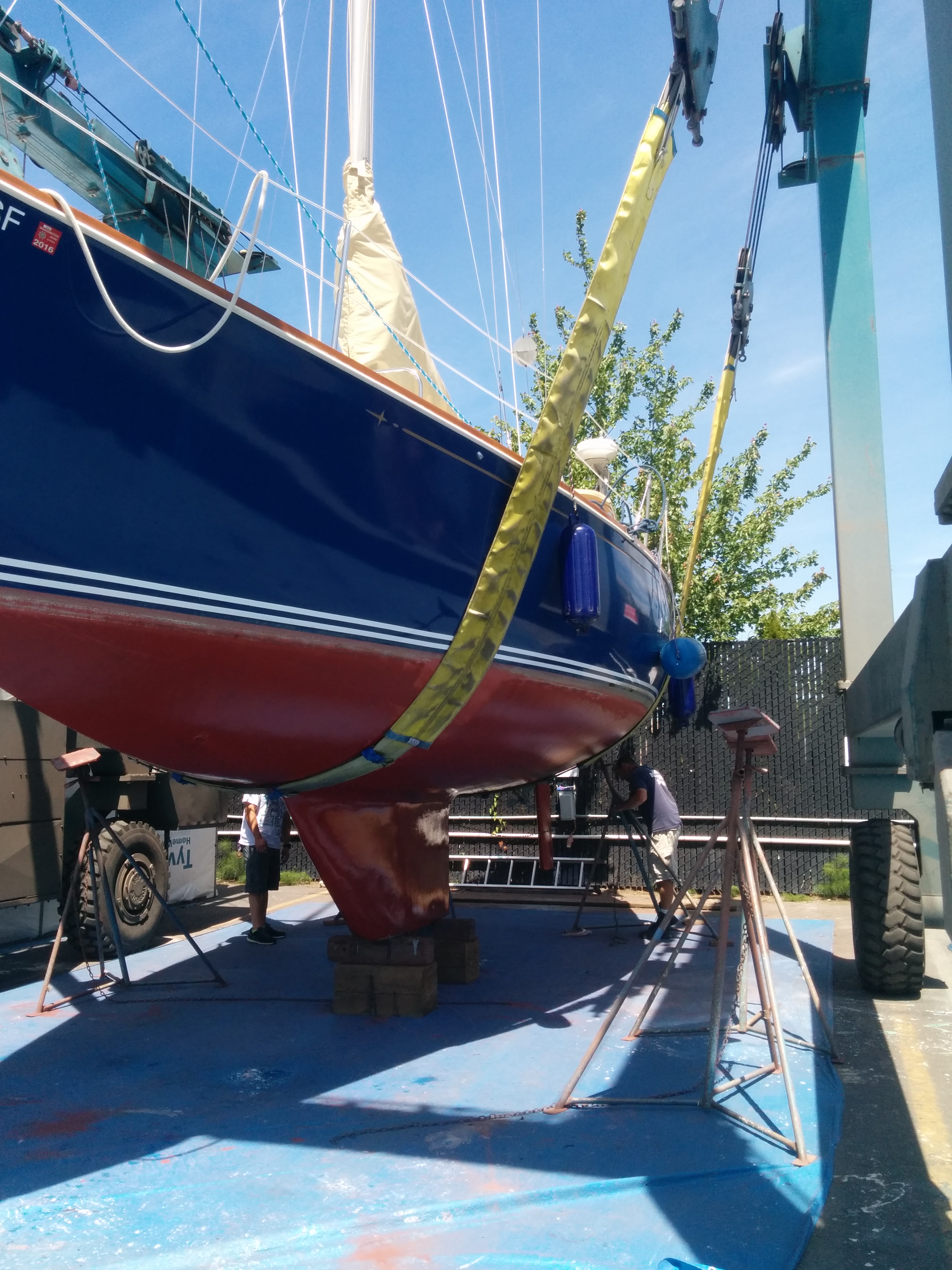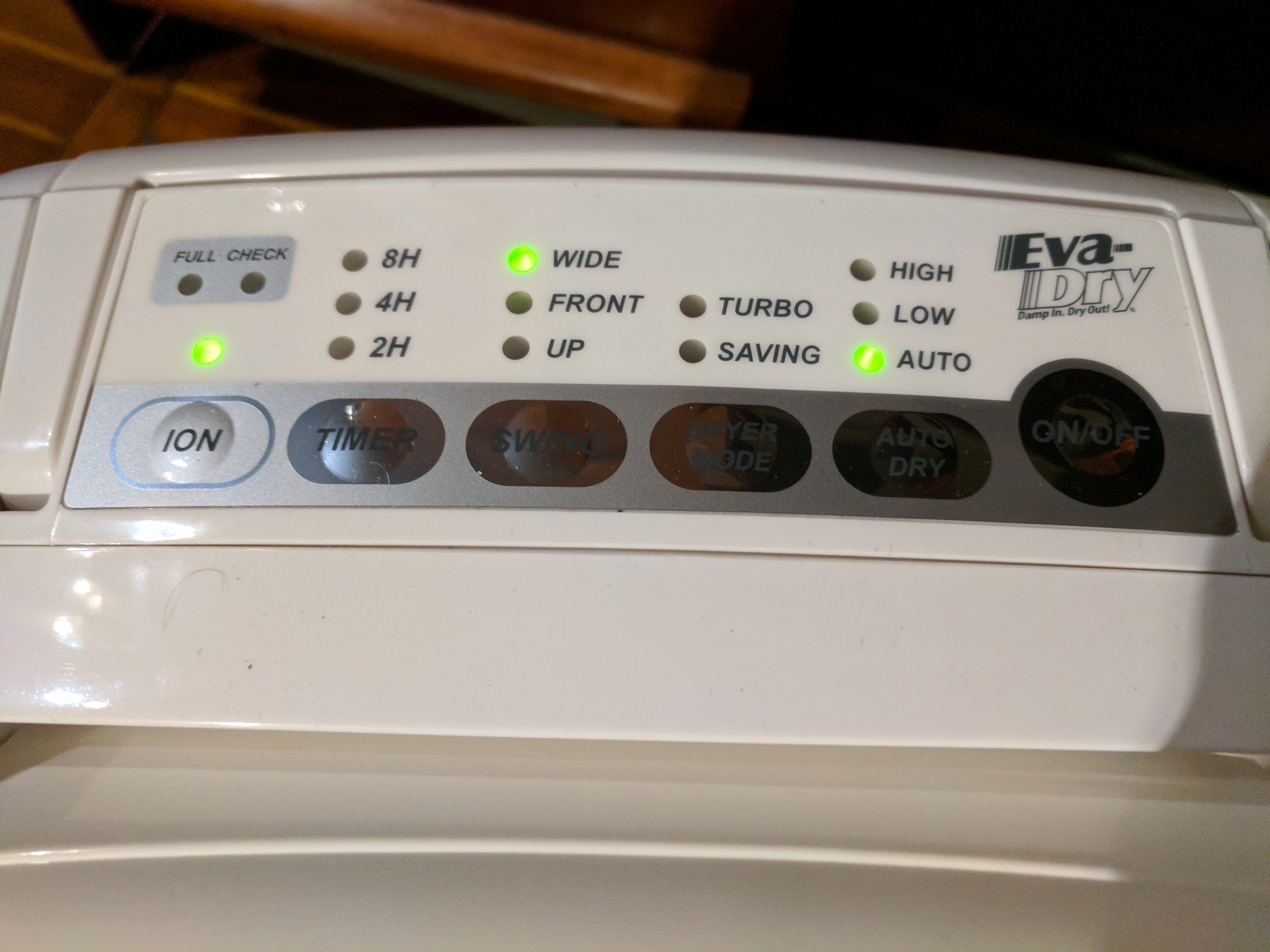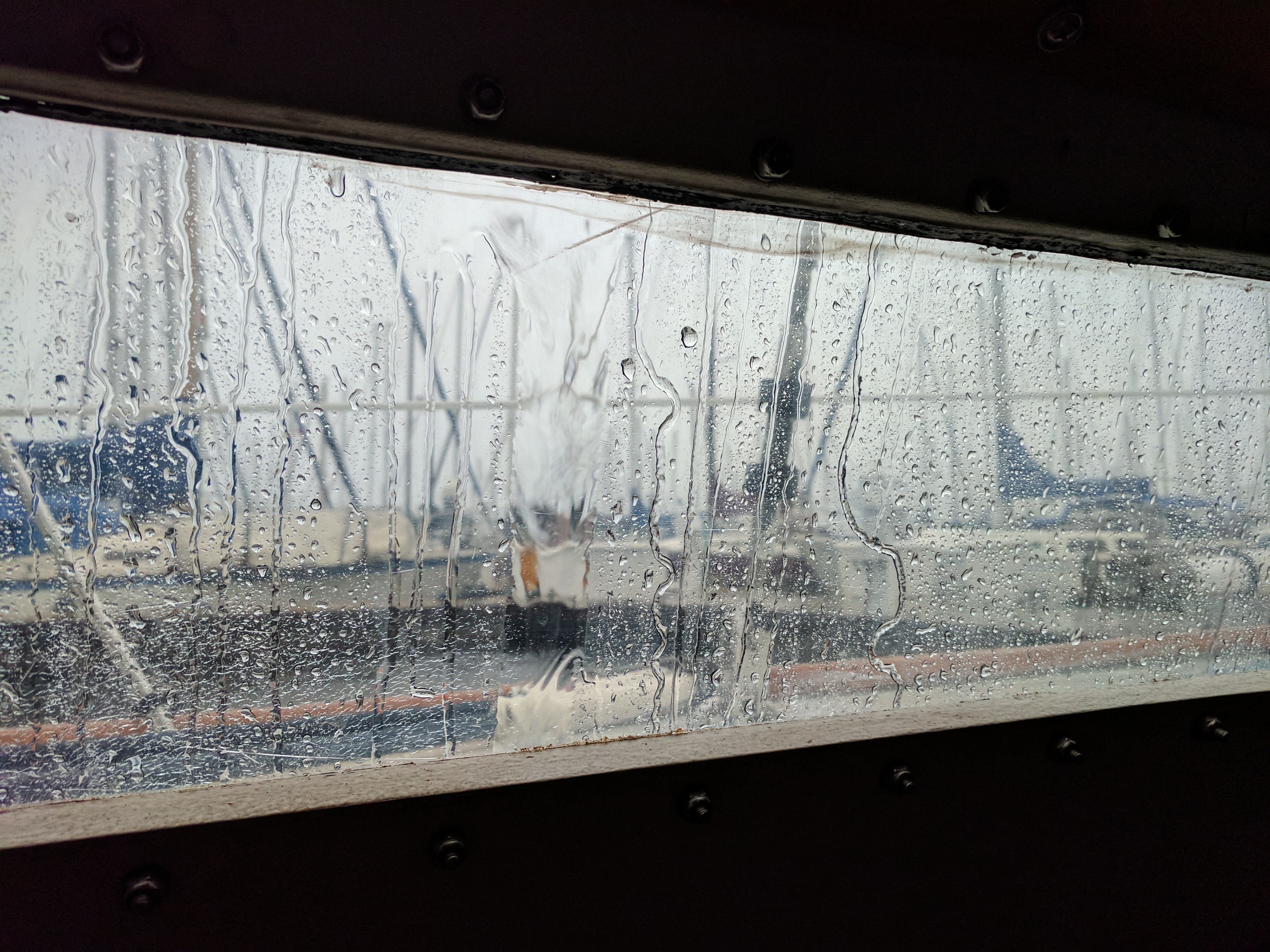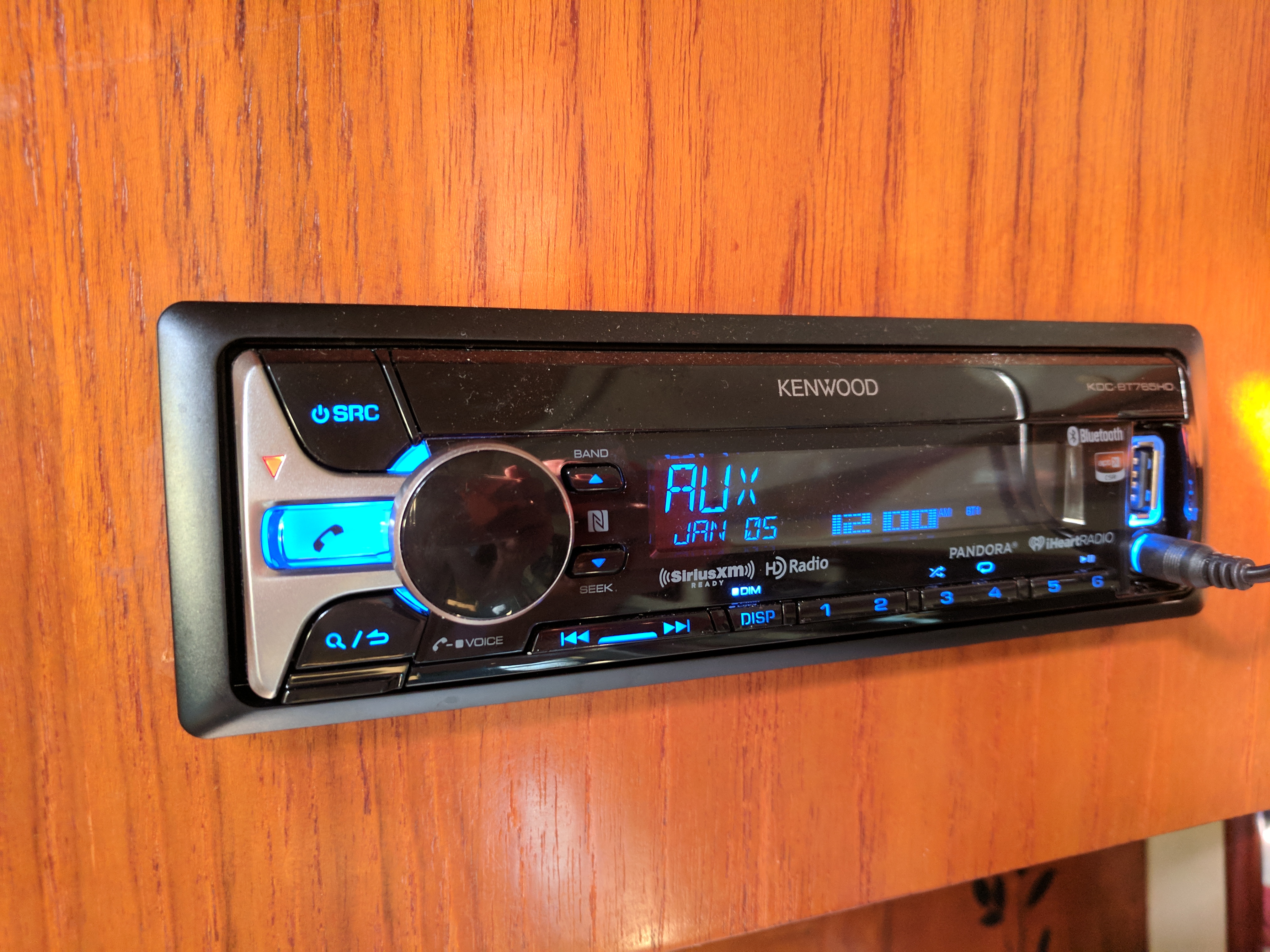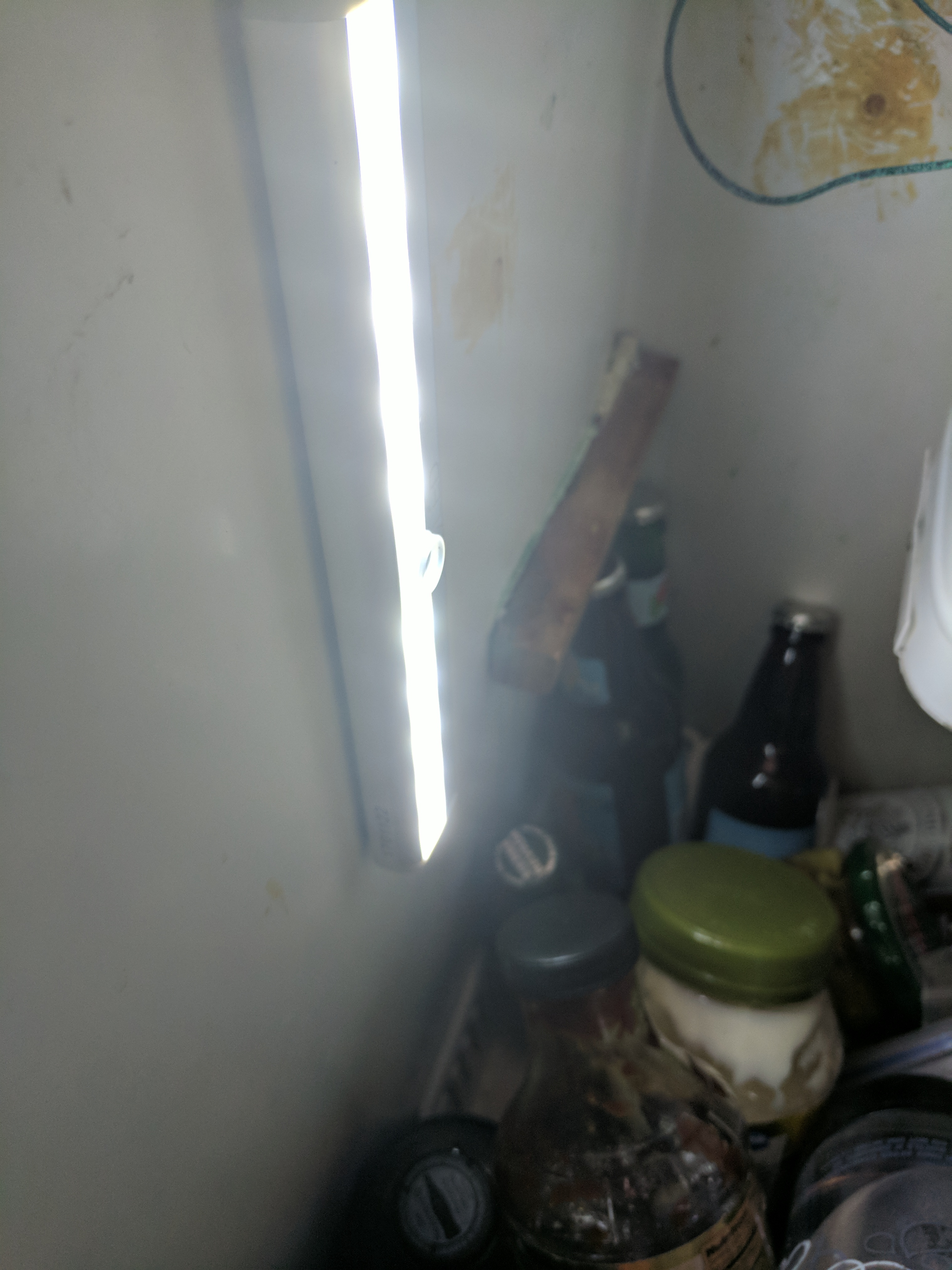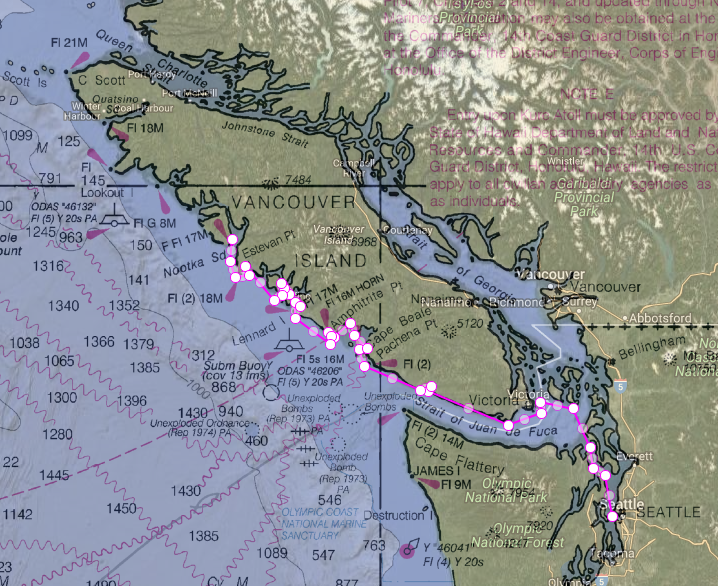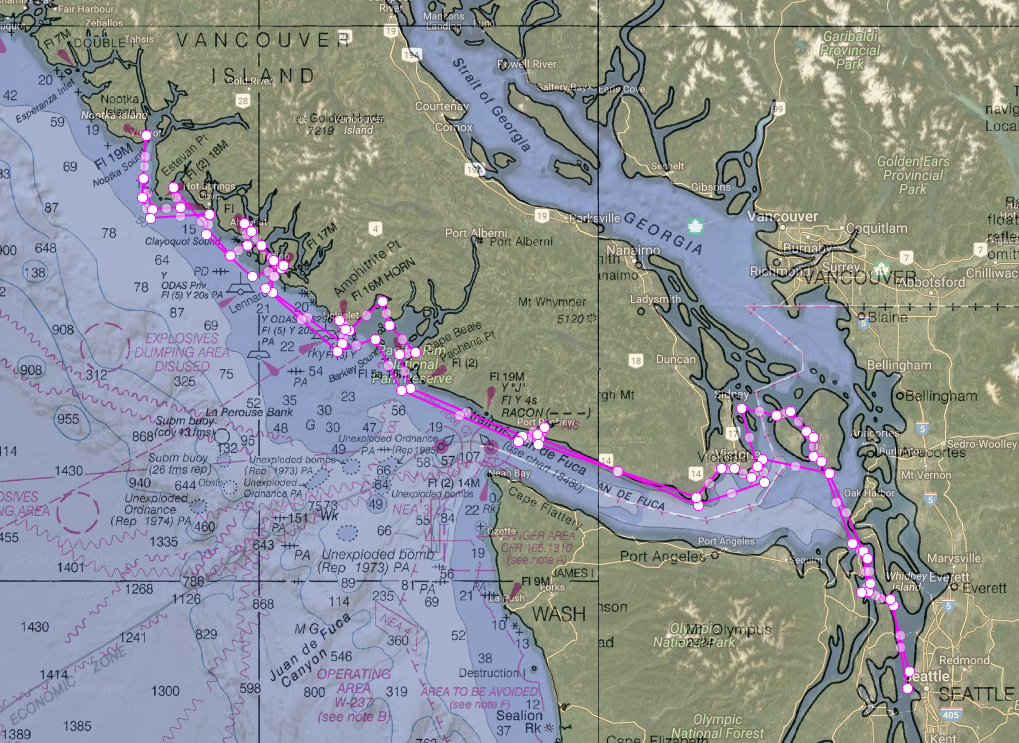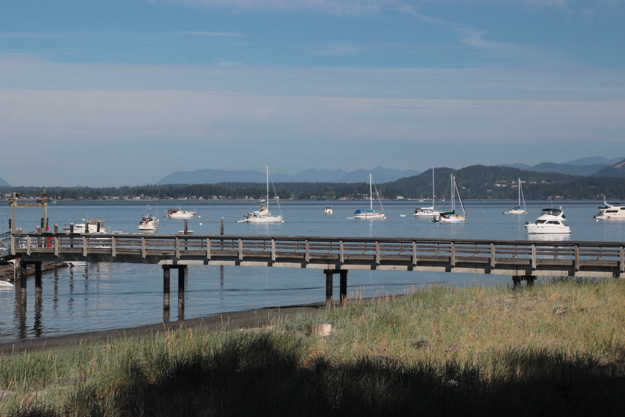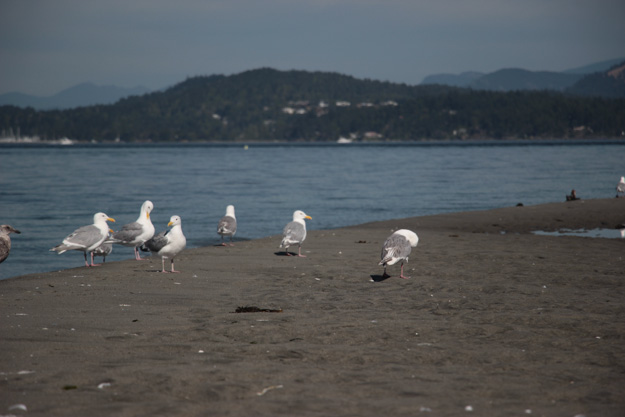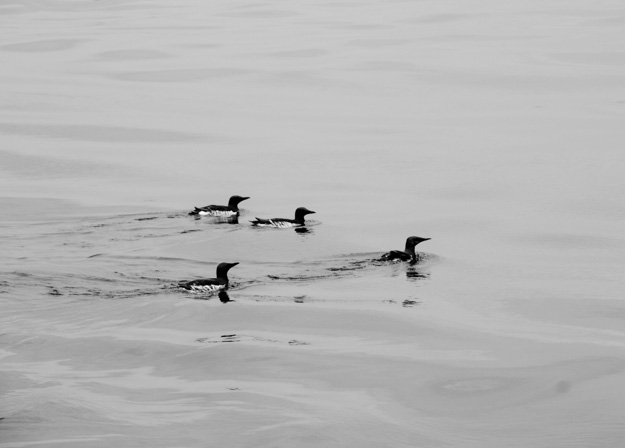I’m never sure whether readers of our blog are interested in hearing about travels we do off the sailboat – like Mexico last year. But since Thailand is a pretty major cruiser destination, I figure it might be of interest.
We flew to Thailand the day after Christmas for a two week vacation, visiting Bangkok for 5 days, Patong Beach in Phuket for 3 days, Phi Phi island for 3 days, and Naiyang Beach, Phuket for the final day. 2 full days were consumed by the plane travel from Seattle (22-24 hours travel time).


Of course, I viewed much of Thailand thru the perspective of sailing and other cruisers’ experiences there. Delos has been to the Phi Phi islands that we visited on our trip (Delos in Southern Thailand and Phi Phi Islands). The prior-prior owner of our boat actually bought it to sail to Thailand, and after a year of prep work decided it’d be easier to fly there and charter. I’m inclined to agree.
We rewatched the Delos episode. It was really interesting seeing our different perspective on it this time. It still looked awesome and fun, but we could see all the things they had omitted. They avoided the most touristy bay, briefly mentioned the party beach’s loud music keeping them up at night while at anchor (a 5-second clip that would be easy to miss), and snuck into a park that charges a high tourism fee (I think they said 300 baht, but it’s 400 baht now).
I don’t blame them – they’re catering to their audience, most of whom are not going to sail to Thailand, or necessarily anywhere else. Those people only want to see the fun times, and discussing practicalities won’t get you a quarter million followers on YouTube.
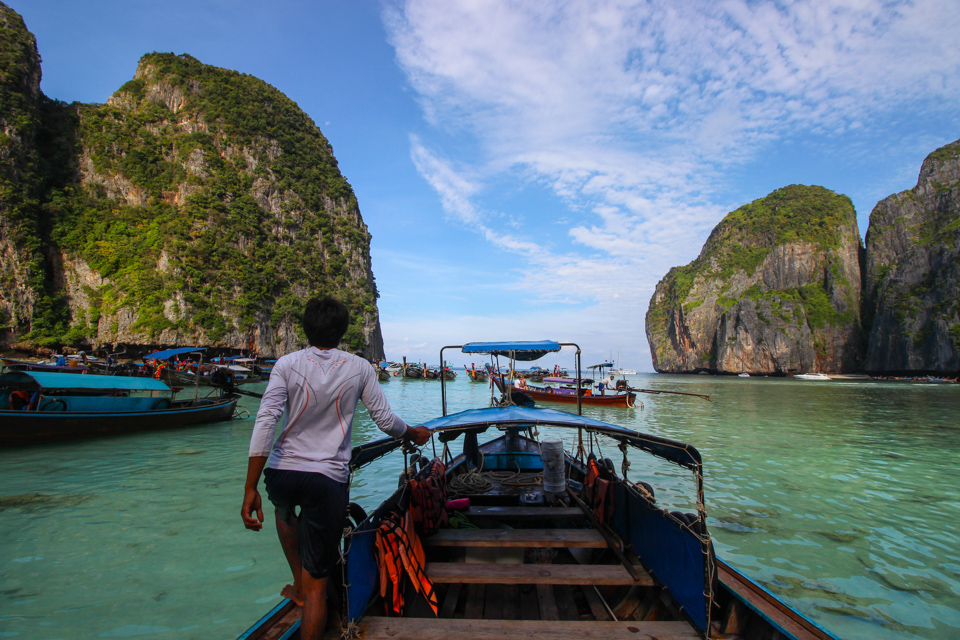
Phi Phi Leh



